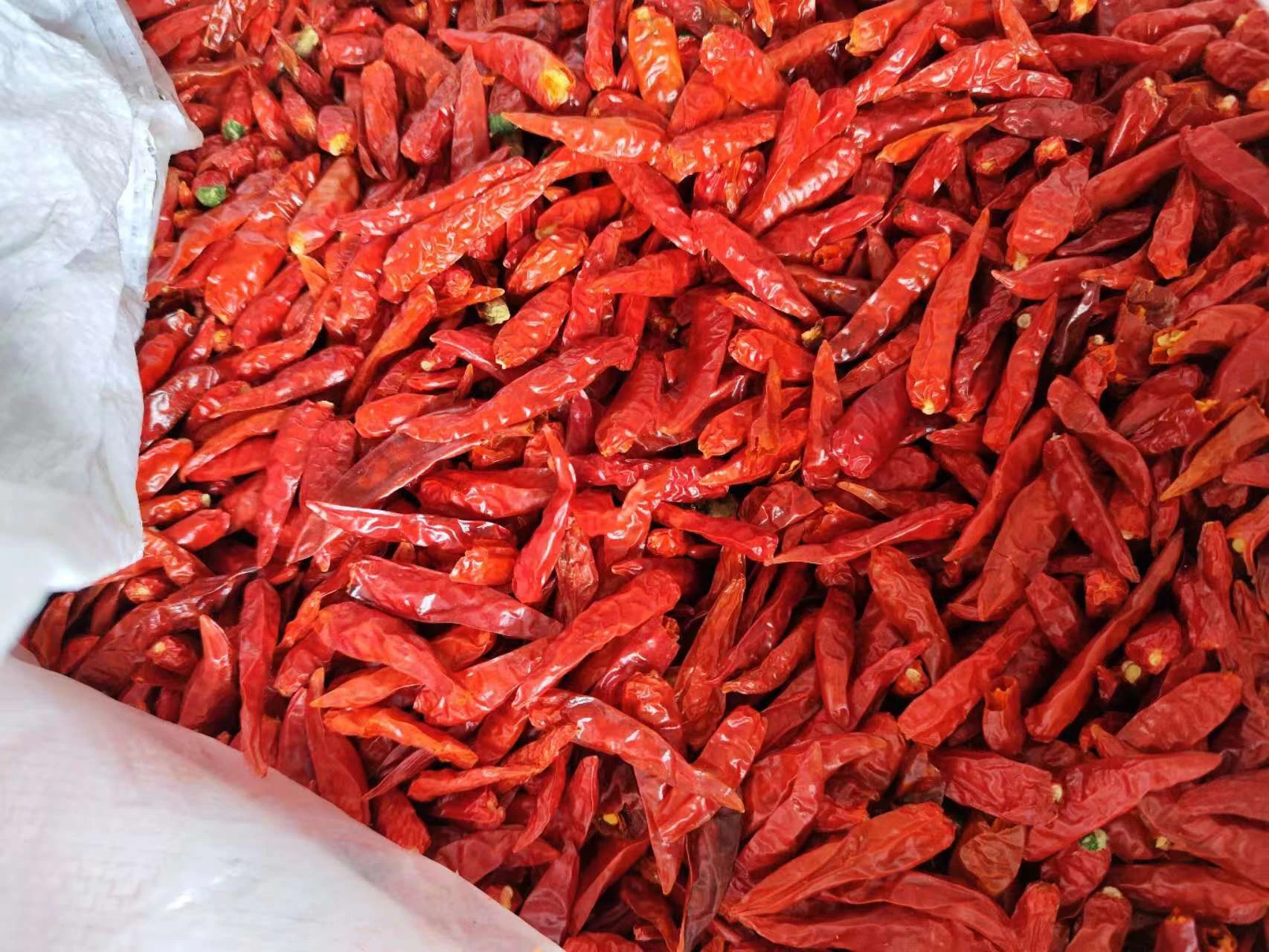- No. 268 Xianghe Street, Economic Development Zone of Xingtai city, Hebei 054001 China
- Byron@hbhongri.cn
Exploring the World of Common Dried Chiles and Their Culinary Uses
Common Dried Chiles A Gateway to Flavorful Cooking
Chiles are more than just an ingredient; they are a vibrant part of culinary culture across the globe. Among the various forms of chiles available, dried chiles hold a special place in kitchens, particularly in Latin American, Asian, and Mediterranean cuisines. They offer an intense flavor and a level of versatility that fresh chiles often cannot match. In this article, we’ll explore some common varieties of dried chiles, their uses in cooking, and tips for incorporating them into your dishes.
The Essence of Dried Chiles
Dried chiles are simply fresh chiles that have been de-seeded, dried, and preserved. This process concentrates their flavors, allowing them to impart a rich depth and complexity to a wide array of dishes. The drying method can vary; chiles can be sun-dried, smoke-dried, or air-dried, each imparting unique flavors. The natural heat level of each variety also varies, from the mild, sweet notes of an ancho chili to the fiery intensity of a ghost pepper.
Common Varieties of Dried Chiles
1. Ancho Chile An ancho is a dried poblano pepper that is known for its sweet, rich flavor profile with undertones of chocolate and fruit. It is typically mild to medium in heat (1,000 to 1,500 Scoville Heat Units) and is often used in mole sauces, stews, and salsas. Its deep, reddish-brown color adds an appealing hue to dishes.
2. Guajillo Chile This variety is one of the most popular chiles in Mexican cuisine. Guajillos are medium in heat (2,500 to 5,000 Scoville Heat Units) with a tangy, berry-like note. They are often used to make sauces, marinades, and soups. When rehydrated, guajillos develop a deep, rich flavor that enhances the overall taste of a dish.
3. Chipotle Chile Chipotle chiles are smoked and dried jalapeños, giving them a distinctive smoky flavor that adds complexity to many dishes. They range from medium to hot (1,500 to 10,000 Scoville Heat Units) and are commonly used in barbecue sauces, adobos, and even in creamy dips. Their bold flavor can easily elevate any dish.
common dried chiles

4. Pasilla de Oaxaca This unique dried chile hails from the Oaxaca region of Mexico and is known for its smoky flavor and medium to hot heat level (about 3,000 to 5,000 Scoville Heat Units). It is often featured in moles and can also be blended into salsas to achieve a complex flavor profile.
5. Arbol Chile Bright red and slender, arbol chiles pack a punch with their intense heat (15,000 to 30,000 Scoville Heat Units). Their bright flavor makes them a great addition to oils, sauces, and soups. They are often used to garnish dishes, adding a burst of color and heat.
Cooking with Dried Chiles
Using dried chiles in cooking involves a few essential steps. First, it’s important to rehydrate them to release their full flavor. This can be achieved by soaking them in hot water for 20 to 30 minutes. Once softened, they can be blended into salsas, added to sauces, or incorporated into any dish requiring a flavorful kick.
When cooking with dried chiles, be attentive to the heat levels. Start with smaller quantities; you can always add more if needed. Their concentrated flavor means a little goes a long way. Additionally, consider pairing dried chiles with complementary ingredients, such as garlic, onion, and citrus, to create well-rounded flavors in your dishes.
Conclusion
Dried chiles are a culinary treasure, providing rich flavors that can elevate any meal. From the sweet and mild ancho to the fiery arbol, there’s a dried chile for every palette. By incorporating these ingredients into your cooking, you’ll not only enhance the flavor of your dishes but also connect with a tradition that spans centuries. So the next time you’re looking to spice up your cooking, reach for a variety of dried chiles and embark on a flavorful journey!
-
Unlock the Power of Capsicum Frutescens Fruit Extract – A Flavorful Boost for Your Products!NewsJul.22,2025
-
The Vibrant World of Powder Paprika – Unlock Flavor and Color in Your DishesNewsJul.22,2025
-
The Golden Power of Turmeric Root Powder – A Superfood for Every Kitchen!NewsJul.22,2025
-
Ignite Your Dishes with Crushed Red Chilli – A Spicy Delight Awaits!NewsJul.22,2025
-
Explore the Golden Benefits of Turmeric Powder – A Superfood for Every Kitchen!NewsJul.22,2025
-
Discover the Richness of Paprika Food – A Flavorful Journey Awaits!NewsJul.22,2025







